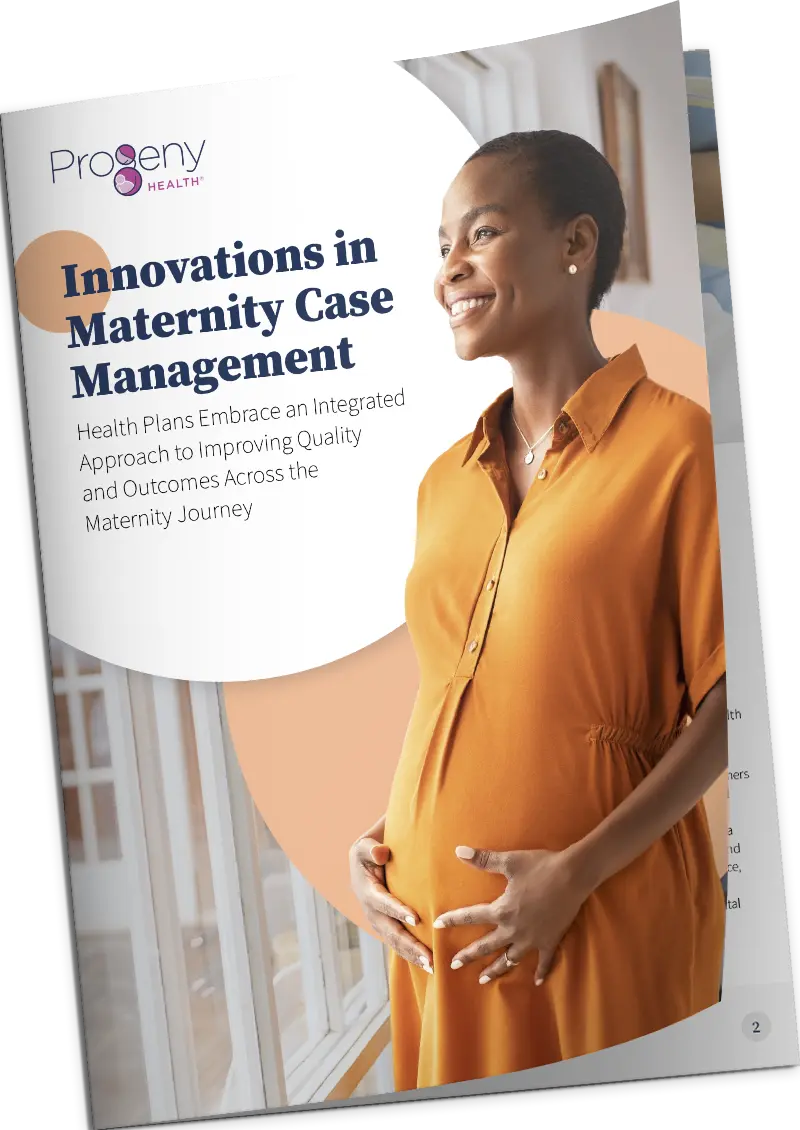
5 Trends Impacting Maternal and Infant Health in 2023

Women, Infants, and Families:
Mitigating risks and advancing equity in 2023
Pregnancy and childbirth are an increasingly perilous journey for American women and infants. The U.S. maternal mortality rate, which has been inching upward over the past two decades, spiked dramatically in recent years—and is now three times the rate of most other high-income countries. The number of preterm births hit a 15-year high in 2022, with more than 1 in 10 babies delivered at least three weeks early. Rates of pregnancy complications, childbirth complications, and NICU stays—along with the healthcare utilization and spend associated with such events—follow similarly alarming trends.
The rising risks that dominate the maternal and infant health landscape are tied to an intricate mix of factors, ranging from political and regulatory shifts to economic pressures to healthcare workforce shortages, systemic bias leading to a loss of trust among communities of color, and unhealthy lifestyle habits exacerbated by the pandemic. But against the backdrop of rising risks, the year ahead holds potential bright spots.
Stakeholders across the healthcare ecosystem are embracing novel solutions, pressing for more equity-minded practices, and funding both research and initiatives to turn the tide on worsening risks for maternal and infant health outcomes.
In our newest report, ProgenyHealth explores five major trends impacting the maternal and infant health landscape—and what this climate of rising risks means for patients, providers, and payers. We also offer specific action steps for all stakeholders:
- SDoH Tracking: Health equity emphasis fuels momentum for SDoH data-tracking and measurement
- Maternal Health Access: Despite attention and investments, maternal health access challenges will persist and have a negative impact on outcomes
- Pregnancy Risk Factors are Rising: The long tail of the pandemic has amplified alarming health trends, such as the rising incidence of preeclampsia.
- High-Tech Meets High-Touch Care: Virtual and hands-on care will settle into a better balance in the year ahead as health plans look to improve member engagement
- Maternal Mental Health: The crisis continues — and the fallout will be felt for years to come without earlier identification and ongoing support and connection to resources.
The coming year is likely to usher in a time of increased knowledge as data collection improves in the maternity and infant health care space, prompting insights about ways to impact healthcare inequities and looming risks to women’s continuum of care. ProgenyHealth will continue to take a leading role in assisting mothers in having healthier full-term pregnancies and navigating unavoidable complex NICU and postpartum issues by focusing on SDoH disparities, timely identification and risk assessment, interactive technology, and supportive care management from a team of medical experts.








 Prev
Prev